Samsung’s 2023 product lineup has turned out pretty impressive so far, but the more promising devices are scheduled for the latter half of the year. Among them is the Galaxy Watch 6 series. Now, the Galaxy Watch 5 line-up isn’t bad by any stretch of the imagination, but it also wasn’t really an appealing upgrade over the Galaxy Watch 4 portfolio.
With the Galaxy Watch 6 series, we’re already hearing some promising chatter in the leak land. Here’s a wish list of changes that would make the Galaxy Watch 6 series a truly tantalizing and potent alternative to the venerable Apple Watch.
Bring back the rotating bezel
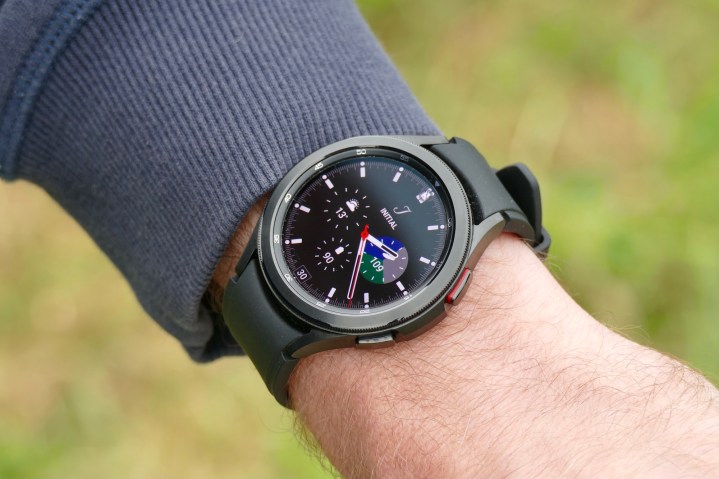
There is no dearth of smartwatches out there, both below and above the price tag that Samsung commands. The same goes for the capabilities related to tracking and sensing, where Apple appears to be a step ahead of Samsung. But one area where Samsung has remained untouched is the excellent physical rotating bezel that offered an extremely convenient and intuitive way of interacting with the UI.
After staying loyal to the rotating bezel system for a healthy few generations, Samsung decided to skip it for the Galaxy Watch 5 and Galaxy Watch 5 Pro, focusing instead on a design that is all about durability. Of course, the decision was widely criticized, and it seems like a course correction is in the pipeline for 2023.
Multiple leaks suggest that the rotating bezel is coming back. Moreover, the Pro branding is reportedly being retired, making way for the Classic trim’s comeback. More than just being a standout design element, the rotating bezel is a functional boon.
Interacting with the tiny icons and the other UI elements on the smartwatch’s screen is somewhat of a frustrating experience, as missteps happen all the time. I personally resisted upgrading to the Galaxy Watch 5 series because the rotating bezel on the Galaxy Watch 4 Classic is too good to forsake.
The bezel isn’t just satisfying to interact with, it is also a godsend when you are working out and got sweaty hands, which makes it extremely annoying to interact with the hit-or-miss touch gestures on a wet display. From adjusting brightness levels to handling calls, the rotating bezel is something that is intrinsically linked to the very signature identity of Samsung’s smartwatches.
Fresh design, versatile options

Following the Galaxy Watch 4 series, Samsung’s design team took a somewhat regressive approach and went in a direction where the aesthetic variance between the base and premium models wasn’t much apparent. Save for the different color tones and raised bezel, both the Galaxy Watch 5 and its Pro model share more or less the same fundamental design platform.
With the Galaxy Watch 6 series, the company is apparently ready to flex its design muscles once again. Leaks suggest the Galaxy Watch 6 might embrace curved display aesthetics, a la the Google Pixel Watch. Now, Samsung is no stranger to curved glass aesthetics.
The Galaxy Watch Active 2 was actually one of the best-looking smartwatches in the market, thanks to its subtly curved glass along the periphery. On top of it, Samsung offered a capacitive bezel system on the wearable, which served as somewhat of a substitute for the physical rotating bezel on its more premium sibling.
If the rumors indeed turn out to be true, the Galaxy Watch 6 series won’t just sit across two pricing tiers divided by a specifications gulf. Instead, it will also appeal to smartwatch enthusiasts that have design at the top of their priority list. Of course, both the models will also differ in terms of size, so there’s that, too, for folks concerned about a misfit for their wrist size.
Offering potential buyers the flexibility to choose between a timepiece that stands out with its aggressive curved display styling, or a more classic timepiece rocking a rotating physical bezel, would be a welcome strategy.
It wouldn’t hurt, though, if Samsung jazzes up the upcoming Classic model, too. Plus, a wider selection of straps like those for the Apple Watch would be fantastic.
A larger battery … hopefully
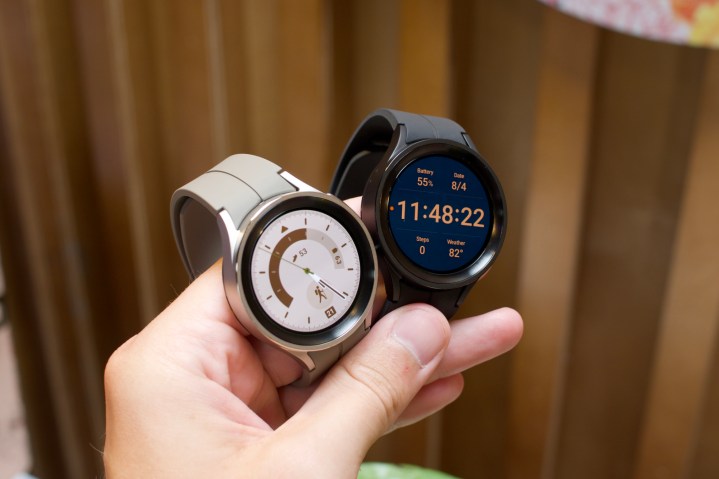
One of the biggest advantages of running a custom smartphone OS experience based on the Real-Time Operating System (RTOS) custom shell is that they are not very taxing on the processor. A healthy bunch of brands out there, especially those selling affordable devices, stick to this formula. Samsung, on the other hand, has been loyal to its own Tizen for years.
On the Wear OS side of the smartwatches, things were downright terrible. Interestingly, Samsung jumped on the Wear OS bandwagon last year with the Galaxy Watch 5 series, and once again, things were back to one or two days of maximum battery life. That is not going to change with the Galaxy Watch 6 series.
Fortunately, the battery capacity is at least going up, it seems. Citing certification database in Samsung’s home market, Galaxy Club claims the 40mm model of Galaxy Watch 6 will get a 300mAh battery, up from the 284mAh unit on its predecessor. The 44mm variant will supposedly rely on a 425mAh battery, slightly bigger than the 410mAh unit inside the corresponding Galaxy Watch 5 trim.
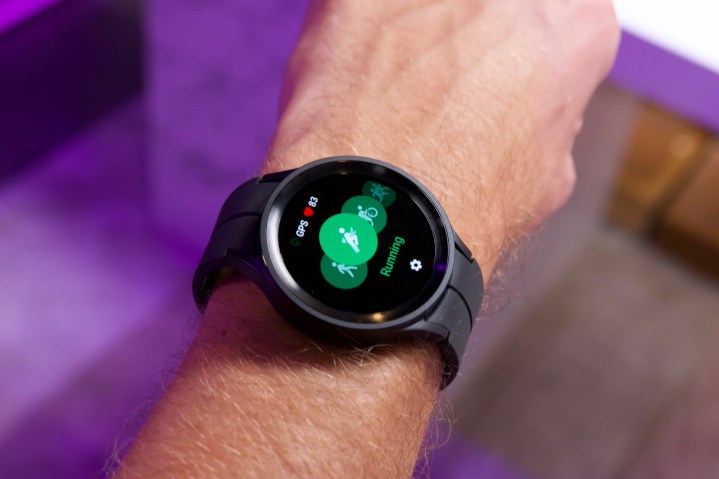
Now, those aren’t major improvements, but for a form factor as small as a smartwatch, every droplet of extra chemical juice counts. We’re just hoping that Samsung does more work on the resource optimization side to make sure that users can get at least two to three days of battery life with moderate usage without sacrificing too many core functionalities when running low on juice.
A great way to accomplish that would be offering users more granular control over what features they want to keep active on a day-to-day basis, and what systems should stay in sleep mode. An overhaul of the companion app could go a long way in achieving that elusive goal.
Fix the charging situation
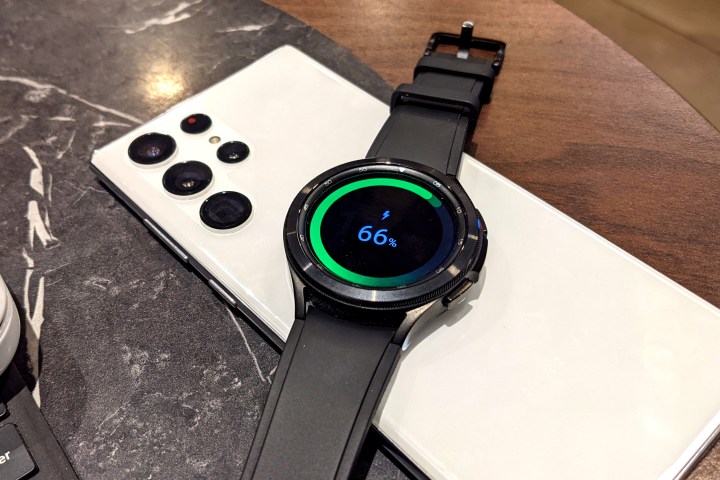
I love the Galaxy Watch 4 Classic, and also happen to be a huge fan of the reverse wireless charging situation facility with Samsung phones; it’s a massively underrated convenience. Almost regularly, I find myself charging my earbuds, the aforementioned watch, and even my iPhone 14 Pro on the back of the Galaxy S23 Ultra.
I can do the same with other phones from Xiaomi and OnePlus that offer reverse wireless charging support, except when it comes to the Galaxy Watch. The Samsung Galaxy Buds, or any other Samsung phone, can effortlessly draw juice from other brands’ phones. But not a Galaxy Watch. Samsung tries to explain things with some WPC-Qi charging standard incompatibility jargon, but honestly, I haven’t been able to satisfactorily digest that argument.
I am just hoping that Samsung works around that limitation and opens reverse wireless charging capability on its next smartwatch to smartphones from other brands, as well. It’s one of those practically convenient areas where Samsung can get a true edge over the Apple Watch.
An all-out Ultra model
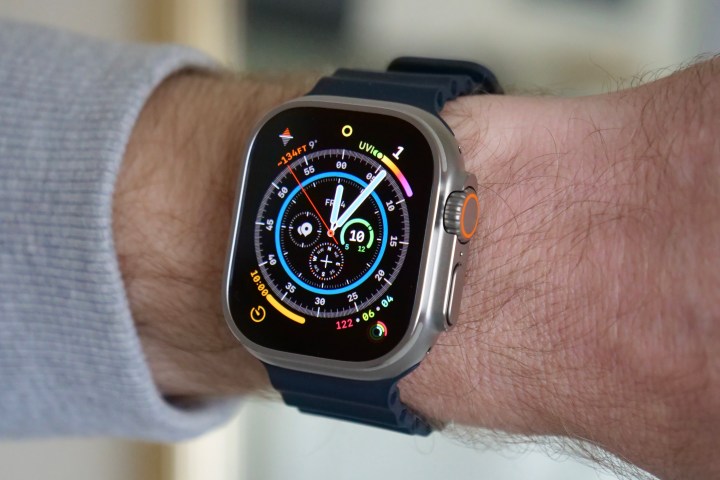
Apple wowed sports enthusiasts with the Apple Watch Ultra last year. Yeah, it’s big and bulky, but the features that Apple managed to cram inside it were almost unprecedented for a smartwatch. It’s stunningly rugged and features some serious tricks for extreme sports enthusiasts.
More than just capabilities and serving as a showcase for Apple’s engineering prowess, it currently serves as the only truly smart wearable for extreme sports scenarios. But its asking price of $899 is not exactly palatable. Samsung can engage in some flexing with its own take on an extreme smartwatch that builds on the ruggedness aspect and throws in the necessary features that can appeal to the audience burnt by the Apple Watch Ultra’s price.
Plus, Samsung now has an excellent partner in Google following the merger of Tizen with Wear OS. Google has been doing some excellent work souping up the health and wellness capabilities of smartphones with its Google Fit platform. And, of course, courtesy of its Fitbit acquisition.
It would be quite something to see a Galaxy Watch Ultra that offers the best of Samsung’s hardware capabilities and Google’s Wear OS chops. Pair that with an asking price that undercuts the Apple Watch Ultra, and Samsung could grab some eyeball — and card swipes — for its niche offering.
New, or at least accessible, sensors
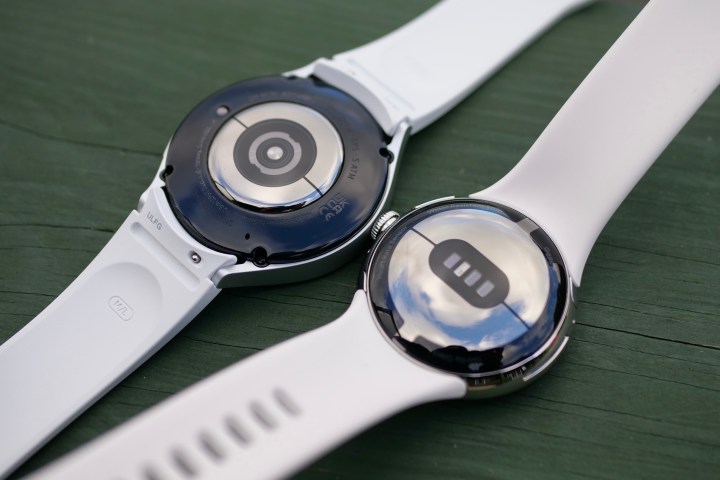
Over the years, Samsung has steadily built upon the bio-sensing capabilities of its phones, keeping up with Apple. Blood oxygen level analysis, ECG, fall detection, and (most recently) blood pressure measurement — which relies on the heart rate sensor using a technique called Pulse wave analysis. But there’s scope for improvement in two key areas.
First, there’s a lot of chatter about studying biomarkers from sweat analysis. Apple is rumored to have made significant progress with non-invasive blood glucose level analysis tech for its smartwatches. Samsung has been officially working on that tech for a while now. It would be a great opportunity for Samsung to showcase that breakthrough tech on the Galaxy Watch 6 series.
There’s also chatter about advancements in the field of wearable-focused Electrodermal Activity (EDA) analysis, and even the ability to measure blood alcohol composition. Samsung might want to make a generation leap with the sensing tech on its smartwatches this year. But before that, the company also needs to figure out the clearance situation for features like fall detection and blood pressure measurement in all its markets.
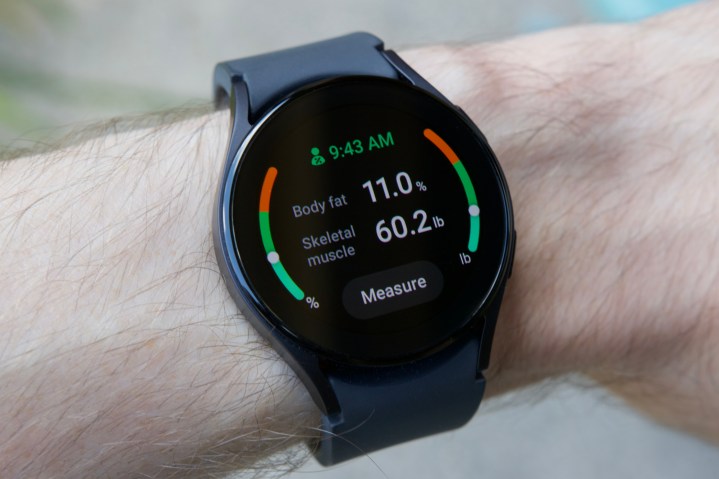
I certainly don’t want to pay $500 for a watch that can’t do the latter in my country, while the same is working in the US market. Apple fares far better in that regard. But talking about Apple here, we eventually run into the cruel ecosystem gate. Samsung isn’t too different.
In order to use some of the advanced sensing capabilities — and even other generic features such as camera shutter control, customizable AR emoji watch face, and the ability to handle calls — you need a Samsung phone. For ECG and blood pressure monitoring, you need a Samsung phone.
These two are the highlight health tricks, and Samsung has them locked to its own phones. There are workarounds to get them working with other phones, too, but they need some tech know-how. Plus, it’s just an added hassle. I’m hoping that Samsung shows some generosity with the Galaxy Watch 6 generation and fixes the situation.

